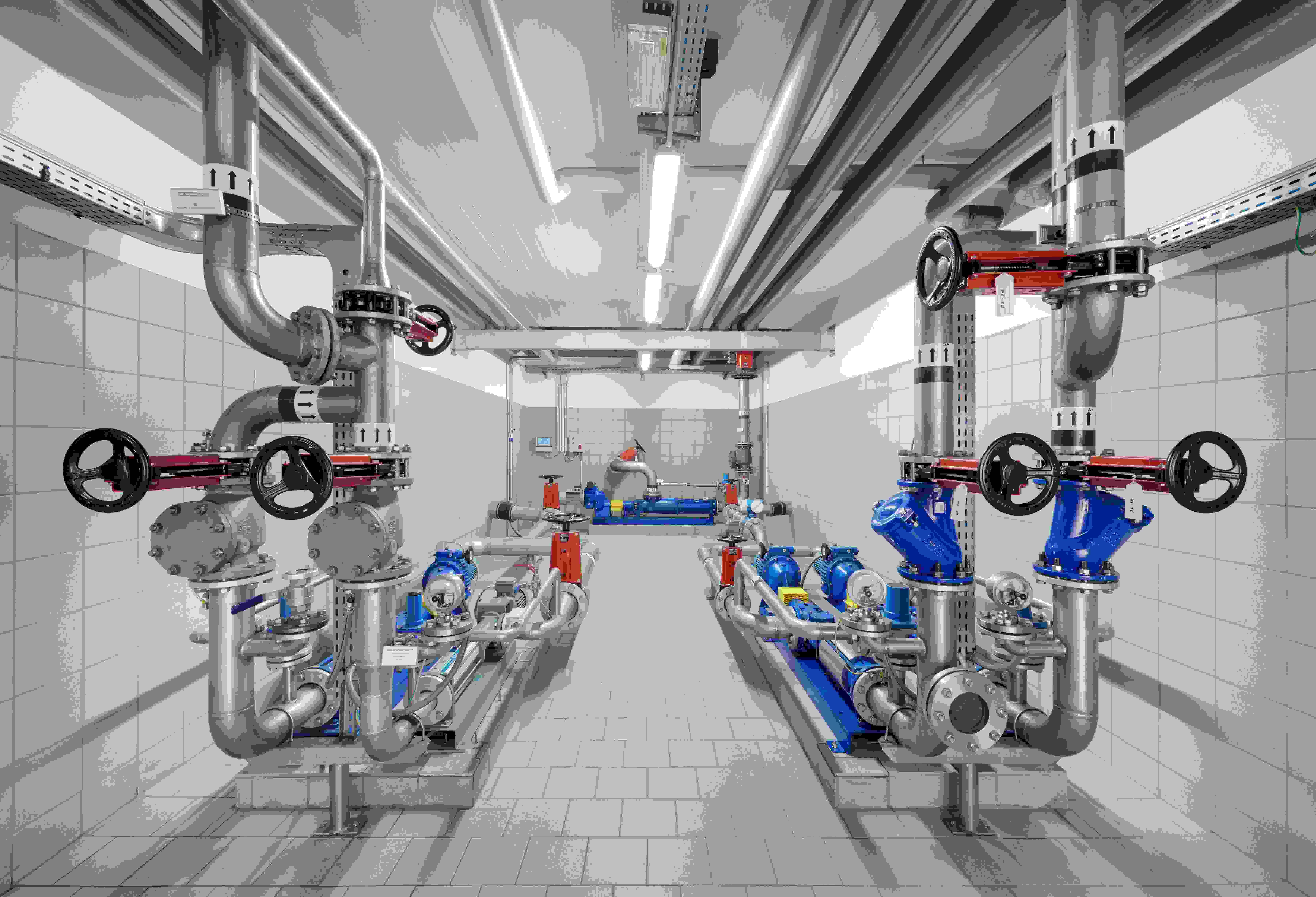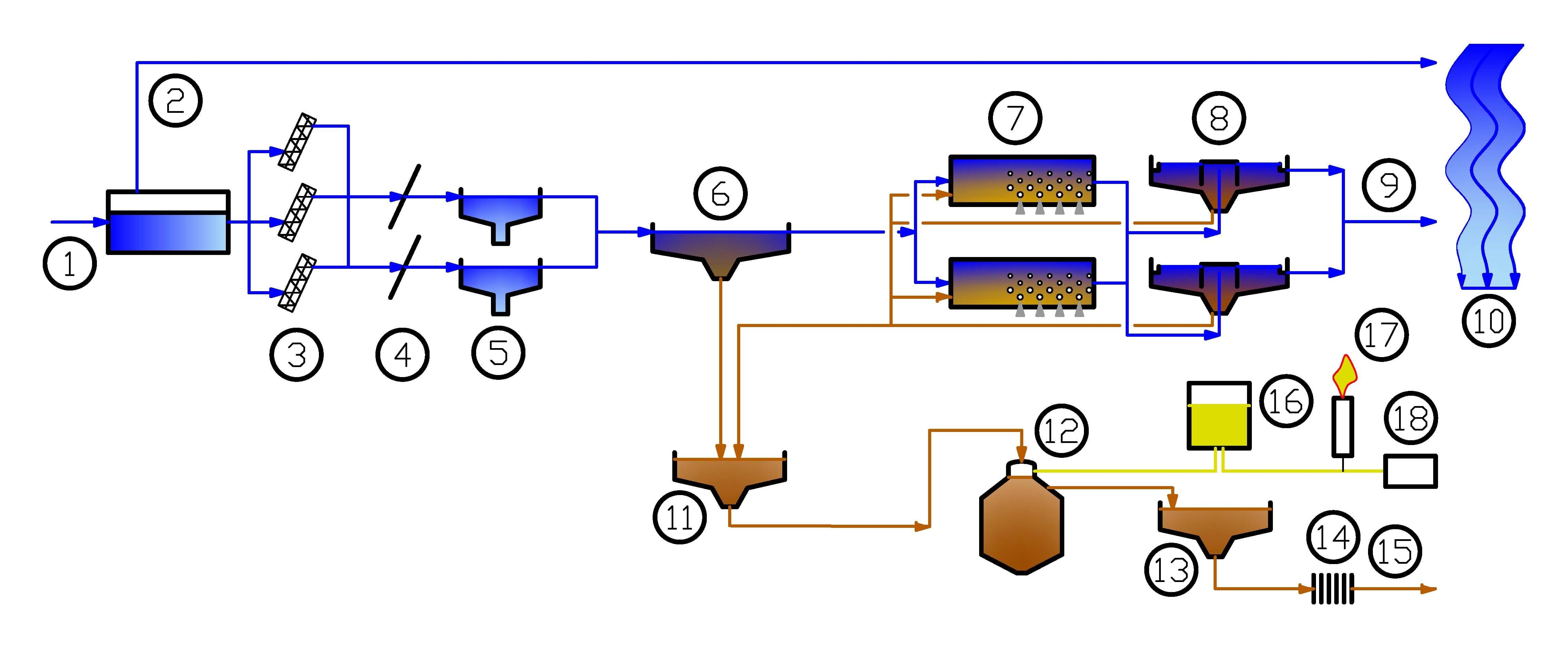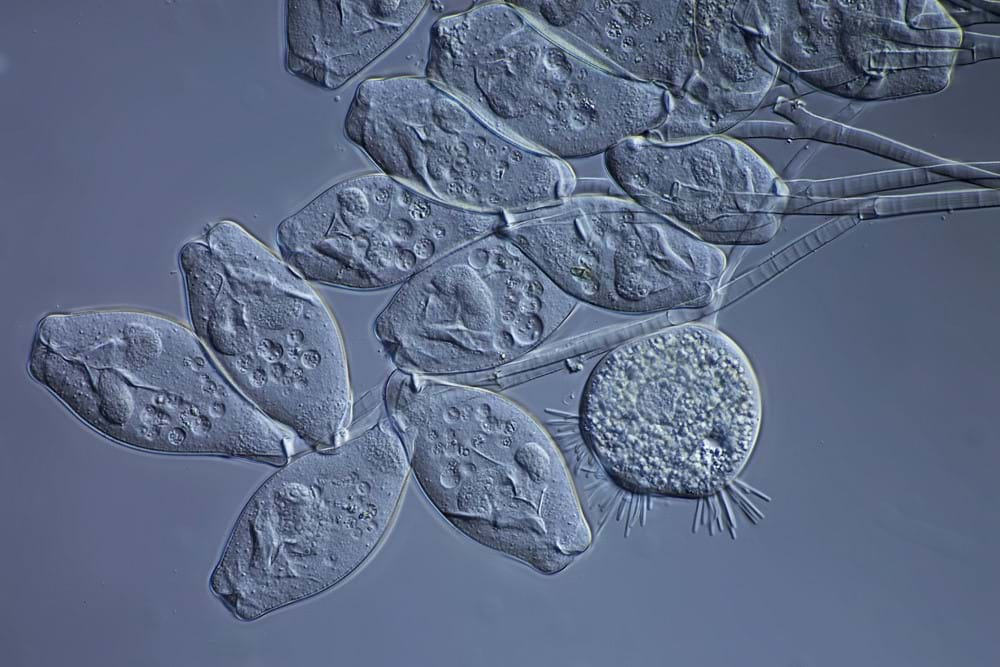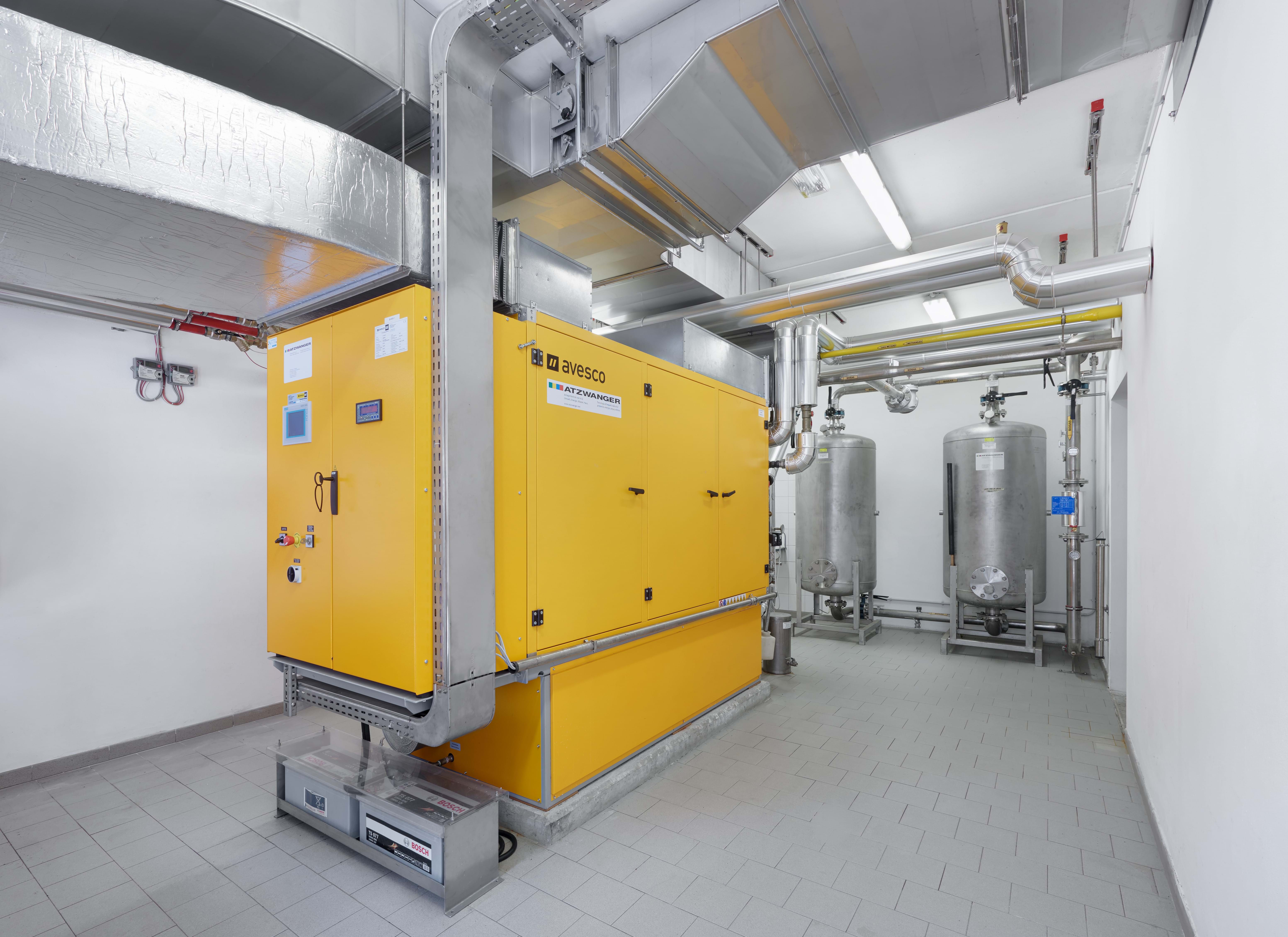wastewater line Unteres Pustertal
The sewage treatment plant was dimensioned and engineerized for a 55.000 inhabitants equivalent capacity, in the way to satisfy the needs of population in local areas, of tourism, of industry and artisan shipment, guarantying in the meanwhile higher levels in quality, with the maximum efficiency in organic pollutant load knocking down and phosphoric and nitrogen componentsstrong reduction.
The target of sewage treatment is reached with physical, biological, chemical and biochemical processes.












